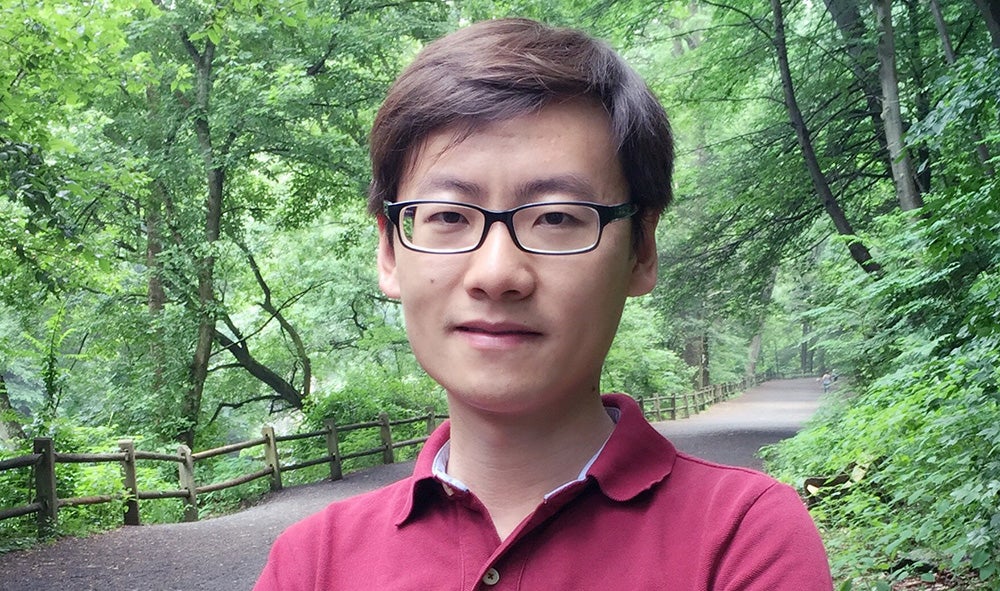A team of Rice University researchers, including assistant professor of computer science Ang Chen, have received a $1.5 million National Science Foundation (NSF) grant to develop an open-source platform to meet the urgent need of developing and validating machine-learning (ML) based innovations for future wireless networks and mobile applications.
The goal of the project led by Yingyan Lin, an assistant professor of electrical and computer engineering at Rice’s Brown School of Engineering, is to develop a first-of-its-kind community platform to turbocharge the research process of inventing novel ML-based techniques for intelligent wireless network management and optimization.
“Two of the biggest challenges in leveraging machine learning are the availability of large, diverse and labeled public datasets, and platforms to evaluate a new method in lifelike deployment,” Lin said. “3DML will solve both problems by leveraging Rice’s unique strengths in two complementary areas: embedded machine learning and large-scale wireless research platforms.”
“Rice Wireless has been a leader in theory and development of next-generation wireless networks, and our concurrent NSF project developing the RENEW platform will beautifully complement the 3DML project,” said Ashutosh Sabharwal, the Ernest Dell Butcher Professor of Engineering and a professor and chair of electrical and computer engineering at Rice, a co-principal investigator on 3DML and lead investigator on RENEW.
The researchers say 3DML will be the first platform designed from the ground up to facilitate the development of ML-based innovations for wireless networks.
They claim 3DML will advance next-generation intelligent wireless networks, including enhanced mobile broadband, a massive Internet of Things and ultralow-latency applications. These will support emerging applications like multiaccess edge computing for augmented reality, virtual reality and virtual core solutions.
All of the developed datasets, tools and libraries will be released at https://3dml.rice.edu.
“Wireless internet is an integral part of a nation’s infrastructure, and as networks become more complex and diverse, we need new methods to manage and protect these networks,” Lin said. “To invent those ideas, researchers need agile and flexible tools, and 3DML will provide those tools.”
To achieve those goals, Lin is partnering with other researchers at Rice and the University of Texas at Austin as well. They include Rice colleagues Joseph Cavallaro, a professor of electrical and computer engineering and of computer science; Rahman Doost-Mohammady, an assistant research professor of electrical and computer engineering; and Zhangyang Wang, an assistant professor of electrical and computer engineering at Texas.
An educational component of the grant will provide for workshops, online courses and internships for undergraduate and graduate student at Rice and beyond, as well as for industry.

